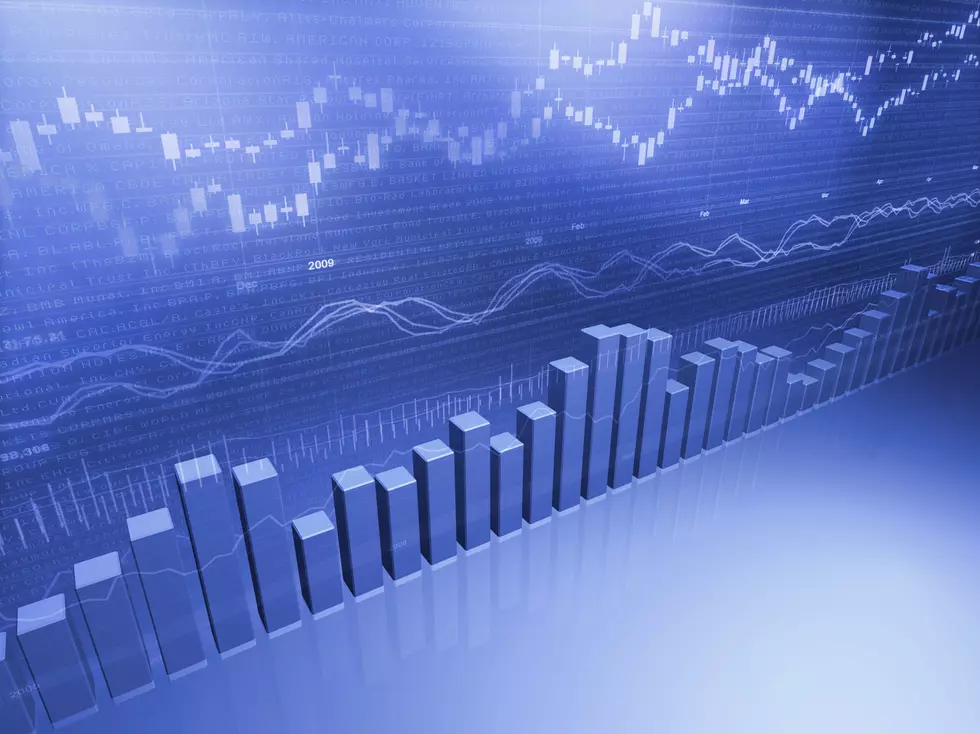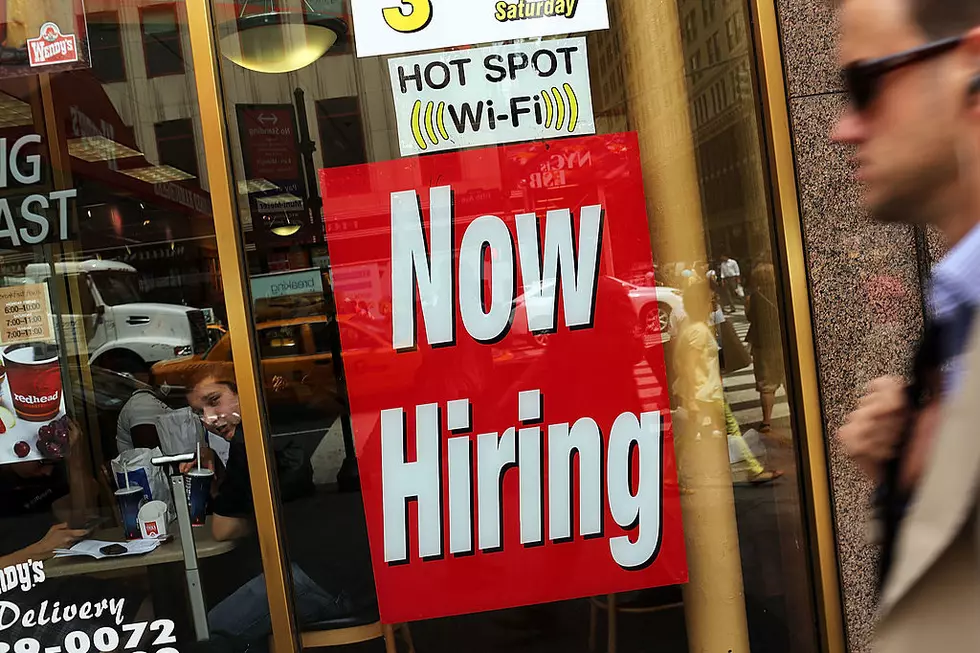
Why Is The American Labor Force Shrinking?
Over the past few years we have watched the unemployment rate go from 10 percent down to its current 6.1 percent. So does that mean that more people are finding jobs? Not necessarily. Is the answer an anemic, slow growing economy or is it just a sign of changing times and demographics?
Looking At The Numbers
According to the US Debt Clock there were 153 million workers in the work force in 2000, today that number is 146 million. Where did 7 million workers go? The current workforce of 62.8 percent is 3.2 percent less than December of 2007. Those are 1970s work numbers.
According to the feds, the “labor force” is anyone over the age of fifteen who is employed or unemployed but seeking work.
The official unemployed stands at 9.5 million with the actual unemployed almost double that figure at 18.6 million.
Something must be done. Where are the job bills? Where are the increases in bond buying by the Federal Reserve? Maybe the economy is not really the problem.
Who Is Really Leaving The Labor Force And Why?
As I’ve told before 300,000 baby boomers are turning 65 each and every day. That’s 3 million each month. The admissions at Montana State, U of M, and other colleges are increasing. Student loans stand at over $1 trillion.
Ever since the 1970s, fewer older workers are employed during their prime earning years.
Does A Smaller Work Force Mean A Smaller Economy?
If the economy is not the reason for a shrinking workforce — what is? One thought is automation. More work and production requiring fewer physical workers on the job site means more profits moving in to the economic system. That type of improving economy will have zero effect on those currently out of the work force because they are no longer needed.
A case could most certainly be made that fewer workers translates to fewer customers at the grocery store and less spending in our capitalistic society. So more profits are being made but who will be there to spend that profit.
Right now that corporate profit is working it’s way down through entitlements like food stamps, school lunch programs, welfare, and unemployment.
Work Force Would Be Smaller Even Without The Recession
Some popular conceptions are that new workers, due to more efficient equipment and computer advancements, are not replacing the aging population that's retiring.
The United States has never experienced unemployment rates that have been as prolonged as they have been since 2007. Most recessions last about 15-18 months and even though this one officially ended in 2009 yet the middle class is still feeling the effects.
Some Final Thoughts
Who will not be coming back? Older workers that have been able to go on disability will probably not return. Students may spend longer time in school using student loans combined with part time minimum wage jobs.
Many “Millennials” have moved back in with mom and dad and baby boomers are retiring. I fear it’s going to be a long time before our labor force is anywhere near where it was.
More From KMMS-KPRK 1450 AM









